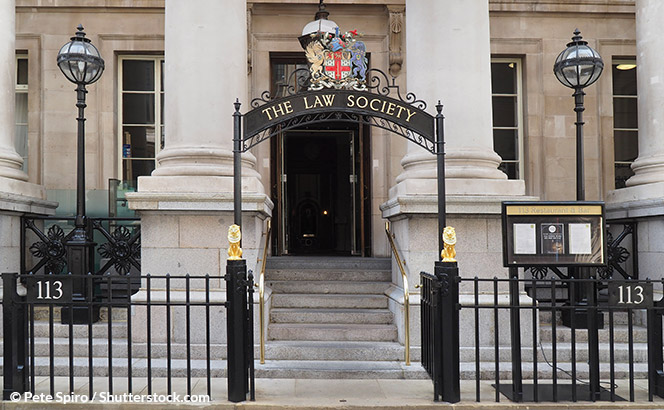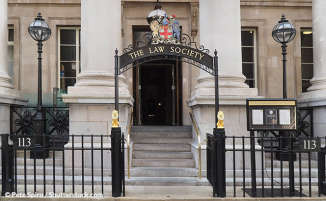The Law Society has called for uniformity in law firms’ gender pay gap reporting in a bid to ‘get ahead of the curve’ of what has proven a sluggish pace in tackling gender pay disparities.
The Law Society’s recommendations for a common set of standards were published as part of a guidance document today (6 November), with the standout focus being on how partner remuneration is included in gender pay gap reporting.
Recommendations include firms distinguishing between equity and non-equity partners, publishing a full time equivalent (FTE) compensation gap based on the full financial year and reporting on partner bonus schemes. It also suggests firms outline their pay figures in three separate reports: one covering all employees, with the other two detailing employee and partner figures separately.
The guidance also says firms with fewer than 250 staff should be obliged to report their gender pay figures. Government legislation introduced last year ensures all employers with over 250 staff detail their gender pay disparity, however the regulations do not include the mandatory publication of partner gay gaps. The Law Society is also pressing for accompanying action plans on how firms will address gaps.
‘Law firms can get ahead of the curve by assessing and tackling the range of pay gaps that may exist in their organisation,’ said Law Society president Christina Blacklaws. ‘We have worked with the profession to develop a common set of standards that provide the level of transparency expected by firms’ clients, people and the public.’
Law firms have this year been criticised for sluggish progress on tackling gender pay disparity. Pinsent Masons senior partner Richard Foley in March called for changes to the gender pay reporting regime ahead of next year, saying there was a perception hardening that lawyers and accountants are trying to duck the issue by not publishing their partner numbers.
Since then, Clifford Chance (CC) and Allen & Overy (A&O) have been among those to publish partner pay figures, with neither making for inspiring reading.
Macfarlanes, meanwhile, was the latest firm to disclose its pay gap at the partner level, revealing an average gap of 55% at the top, while the median figure made for starker reading at 73%.













